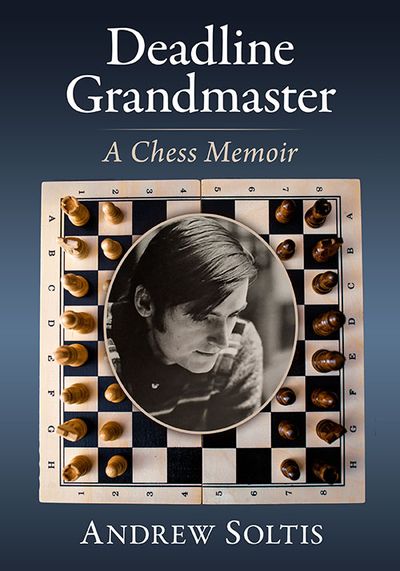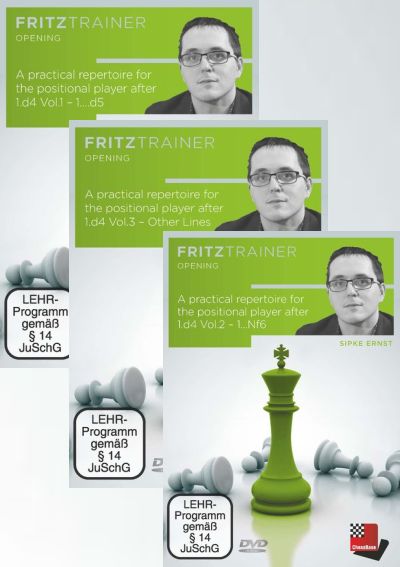One of the important issues players face, both relatively inexperienced ones at the beginning of their career as well as seasoned ones as they realize their chess craves for changes, is choosing their opening repertoire.
As a player and a coach, I have seen many approaches to this question - both remarkably smart ones and mistaken ones. Some players believe that the opening is something to ignore and that everything is decided in the middlegame.
Some think that studying opening traps is what will win them games. Some tend to follow their favorite world-class player's recommendations while others like to sidestep the well-known openings by selecting side-lines that do not enjoy much popularity.
To me the opening choice is about a little bit of all of those things. I think that many openings are good and that there are some dubious ones but they can also yield formidable results overall or in specific situations if chosen and handled carefully.
I firmly believe that one's opening repertoire should mostly be based on one's playing style and other personal traits such as one's memory and work ethic. lt is important to evaluate yourself as well as your strengths and weaknesses properly in order to be able to build the right repertoire that would not only suit you well but also improve your chess overall.
However, the key to this is the word: mostly. I firmly believe that there are a few classical, rock-sol id openings with impeccable reputations. These include I.e4 e5 as a response to 1.e4 or The Queen's Gambit and Nimzo-lndian as an answer to 1.d4. Players of all styles and standards should try these no matter their style. This will enable them to learn, appreciate and practice some of the key chess va lues such as the importance of space, lack of weaknesses, bad pieces, comfortable development and so on.
I started out as a keen Sicilian player. Like all youngsters I cheerfully enjoyed complications, tactical massacres and everything else that the Sicilian offers. However, as I was developing as a player my style was changing and I realized that I was much more successful with positional play so it was time to change the outfit and 1.e4 e5 suited me really well.
I have used this move as a response to 1.e4 nearly exclusively in recent years against both stronger and weaker opposition with fantastic results. lf only other openings could grant me such results as well !
I have not only studied these variations myself but have also shown them to numerous private students of mine. To be frank, we have almost always concentrated on White's most dangerous possibilities such as Ruy Lopez, ltalian, Scotch and so forth. Once in a while my students and I would also analyze the sidelines as either a part of preparation for specific opponents or to make sure they become more universa! players and gain more overall knowledge.
Eventually I realized that the knowledge I gained playing 1...e5 as a response to 1.e4 should be shared with a lot more people and this is how this book carne to life. Of course everyone reading this book is different and there is no "one-size-fits-all" solution. But, I have carefully and diligently tried to achieve the same goal as the one I was working towards with my students: to keep my recommendations both theoretically sound as well as practical and accessible.
I expect not only titled players but club players and the less experienced readers to equally benefit from this book. Sometimes you will find razor-sharp novelties but in many cases we will rely on positional understanding of typical structures and standard ideas. I be lieve the opening is not all about memorization therefore I have taken a different approach rather than the one many authors use. I have tried as hard as possible to keep the balance between recommending the objectively good variations as well as making sure an adequate amount of work is presented that will suffice to get you started. You will not need to spend years studying the material fearing there is still a lot more to learn.
1.e4 e5 is not just an opening, it is something that represents our game as a whole. lt is something players of all styles will enjoy due to the countless possibilities 1...e5 provides. Hopefully, learning 1...e5 will also make you a better player. Last but not least, hopefully the book you are now holding in your hands will give you joy and will share with you the passion for chess overall and for the variations presented here that I have in put into this book alltogether.
Yuriy Krykun,
June 2020
 Excerpt
Excerpt


